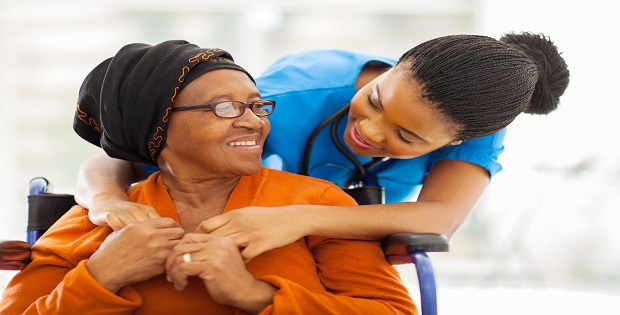Top 5 Treatment for Incontinence in Elderly

Elderly and Incontinence
Incontinence is an issue that very few people like to talk about. Incontinence is more common than you may think, according to A Place for Mom, roughly 13 million United States residents suffering from it every day. People of all ages can suffer from the inconvenient and embarrassing condition however, according to the National Association for Continence, one in five individuals over the age of 40 suffer from overactive bladder or urgency or frequency symptoms. However, in the nursing home population, at least 50 percent of residents have elderly urinary incontinence.
It is also much more common in women than it is in men. This is largely due to the fact that women who have children their muscles that control leakage from the bladder are looser. If you are planning to or already do care for the elderly then it is an issue that you will have to face sooner rather than later.
Causes of Incontinence in elderly
Unfortunately, the elderly are at risk of having at least one of the many causes of incontinence. According to A Place for Mom and National Institute of aging (NIA), these include, but are not limited to
- Not drinking enough water to more serious conditions like an inflamed bladder wall
- Several diseases can bring about incontinence, such as multiple sclerosis and Alzheimer’s disease
- Urinary tract infections
- Weak bladder muscles
- Overactive bladder muscles
- Diabetes, high calcium levels within the body
- In men, prostate problems can hamper urination
- Damage to nerves that control the bladder from diseases such as multiple sclerosis or Parkinson’s disease
- Diseases such as arthritis that may make it difficult to get to the bathroom in time
- Even drinking coffee or tea or taking prescribed medications can aggravate your bladder
Most elderly people have at least one of the above, if not a combination of them and thus they cannot control their urinary functioning. Elderly urinary incontinence can take several forms.
Types of incontinence in elderly
Some people may only leak urine occasionally, others may constantly dribble urine, while still others experience a complete lack of both bladder and bowel control. There are four different type of incontinence, and the elderly may suffer with all four if their pelvic muscles are particularly weak. They are:
- Stress Incontinence, according to A Place for Mom, this occurs when an increase in abdominal pressure overcomes the closing pressure of the bladder. This may occur when laughing or sneezing
- Urge Incontinence – The most common diagnosis, this involves an urgent need to urinate resulting in the loss of urine before one arrives at the toilet.
- Functional Incontinence – This diagnosis describes incontinence caused by other disabilities or according to Medscape, chronic impairments of cognitive function and/or mobility that interfere with independent toileting skills
- Overflow Incontinence – Is rarely diagnosed, this occurs when one’s bladder never completely empties.
The most common form is urge incontinence, where the person is not actually given enough warning before they have to go.
Treatment Options for Incontinence in Elderly, according to A Place for Mom and National Institute of aging (NIA)
- Behavioral therapy, which will often cure the incontinence
- Bladder training or Biofeedback where sensors are used to make you aware of signals from your body. This may help you regain control over the muscles in your bladder and urethra. Biofeedback can be helpful when learning pelvic muscle exercises.
- Scheduled bathroom trips or Timed voiding may help you control your bladder. In timed voiding, you urinate on a set schedule, for example, every hour. You can slowly extend the time between bathroom trips. When timed voiding is combined with biofeedback and pelvic muscle exercises, you may find it easier to control urge and overflow incontinence.
- Pelvic muscle exercises (also known as Kegel exercises) work the muscles that you use to stop urinating. Making these muscles stronger helps you hold urine in your bladder longer.
- Lifestyle changes may help with incontinence. You may benefit from: losing weight, quitting smoking, saying “no” to alcohol, drinking less caffeine (found in coffee, tea, and many sodas), preventing constipation, and avoiding lifting heavy objects.
There are also medications that are available to help with incontinence in elderly, especially if the senior in question has a bladder, kidney or urinary tract infection. If an individual has diabetes, this should be discussed with your doctor, as it may actually make symptoms worse.
Incontinence is an unfortunate problem for many members of the elderly population because it is a result of the body breaking down. It is just a matter of learning how to cope with it without making the senior you care for feel too embarrassed and ashamed.
In closing, remember to share this post on social media and read more related articles.
Sources:
A place for Mom: http://www.aplaceformom.com/senior-care-resources/articles/elderly-urinary-incontinence
Medscape: http://www.medscape.com/viewarticle/410843_5
National Institute of aging (NIA):https://www.nia.nih.gov/health/publication/urinary-incontinence#causes









